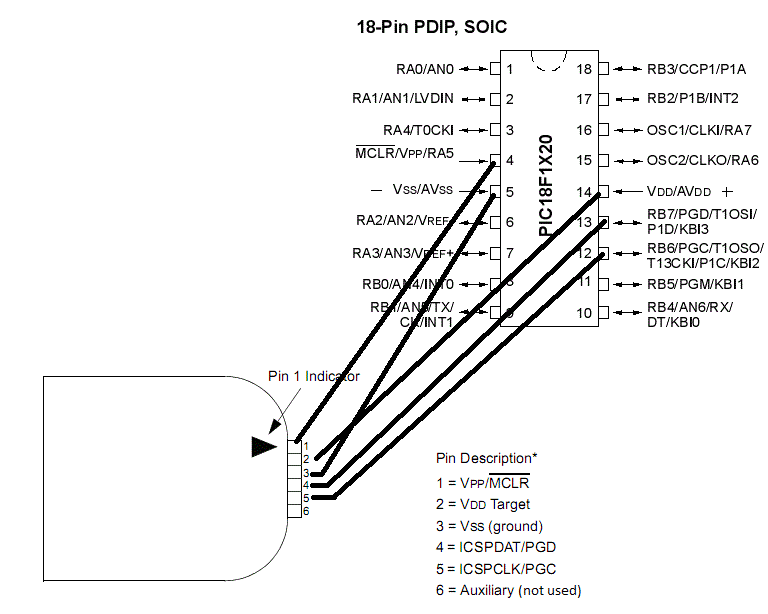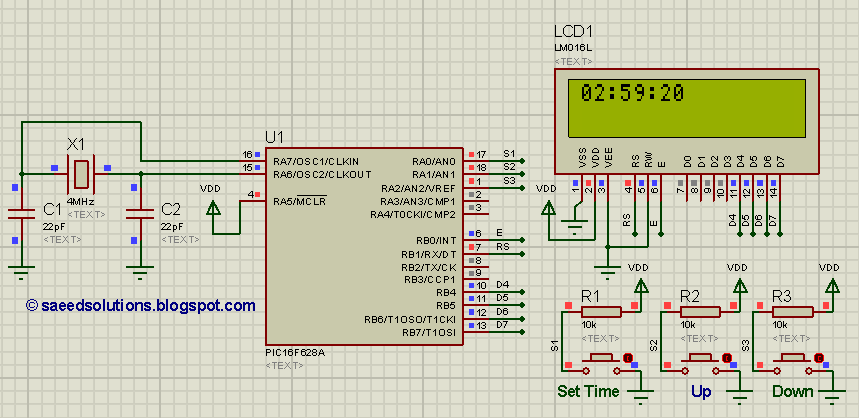

- #HOW TO PROGRAM PIC16F628A USING PICKIT2 SERIAL#
- #HOW TO PROGRAM PIC16F628A USING PICKIT2 CODE#
- #HOW TO PROGRAM PIC16F628A USING PICKIT2 PASSWORD#
Any device can update/read this data without adding the overhead of sending/receiving data requests/updates between all the computers involved.
#HOW TO PROGRAM PIC16F628A USING PICKIT2 SERIAL#
If there is a sharable data, it’d be a good idea to store it on shared EEPROM via the serial bus (e.g.
#HOW TO PROGRAM PIC16F628A USING PICKIT2 PASSWORD#
When the power goes OFF, the user’s password must be stored in a safe place. Such as a digital lock password-protected money locker.

What applications do you think are a good fit for EEPROMs?

Let me give you a quick recap of the features of EEPROM memories before discussing their applications in real-life. To develop the required firmware to drive this memory module. And this is going to be our task in this tutorial.
#HOW TO PROGRAM PIC16F628A USING PICKIT2 CODE#
Writing a few lines of code will enable you of storing and/or retrieving data from the built-in EEPROM memory. The internal EEPROM memories (Built-in Within Microcontrollers) can be accessed for reading/writing operations by code. Instead, we’ll discuss the internal EEPROM memory integrated within the microcontrollers themselves. However, we won’t be considering these devices in this tutorial. There are parallel & serial address/data lines versions of EEPROMs. External EEPROMs are manufactured to be interfaced in two different ways. Which means it does lose all of its contents when the power goes OFF.ĮEPROMs are fabricated and shipped as standalone IC chips and Microchip Technology has a significant share of this area in the market. On the contrary, the RAM memory is volatile.

It can only be erased electrically whether it’s internal within a microcontroller (By Code) or external IC (By Electronic Device). Which means it won’t lose the data contents when the power goes OFF. You should also know that EEPROM memories are non-volatile. The EPROMs had to be exposed to ultraviolet light for a convenient time period in order to get fully-erased. A typical EPROM has a window on the top side of the IC to allow the ultraviolet rays to reach the memory cells in order to erase the memory. Which was the previous technology in this area. The EEPROM memory devices have evolved from the old EPROM memories. This kind of memory devices is re-programmable by the application of electrical voltage and can be addressed to write/read each specific memory location.


 0 kommentar(er)
0 kommentar(er)
